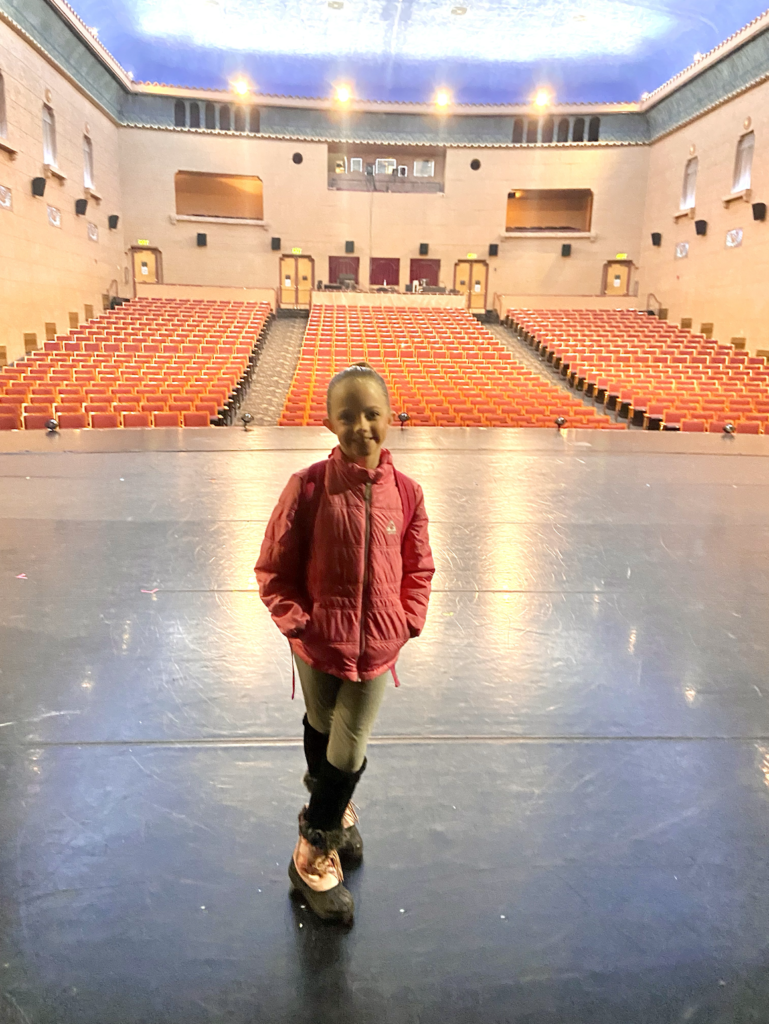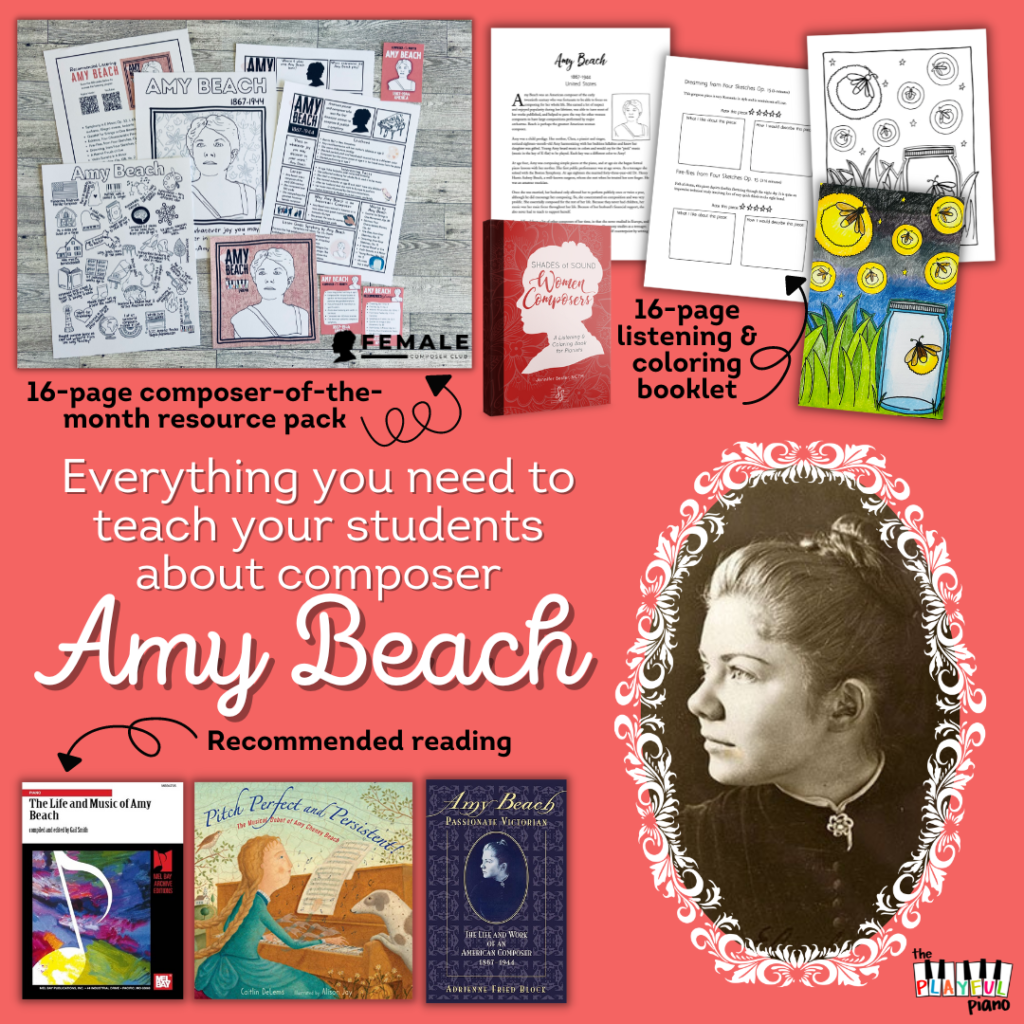Early Childhood Music Education
During my my senior year of my bachelors degree I took two music education courses from Susan Kenney at Brigham Young University. My eyes were opened to a whole new perspective of music education. I volunteered with the BYU Young Musicians Academy for three years. I loved teaching young children music. It is so exciting to see their faces light up when they sing songs together, play games, move to music, and play instruments for the first time.
During the summers while at BYU, I took Musikgarten courses for Babies, Toddlers, Cycles, Musik Makers, and Musik Makers at the Keyboard. I also took Level 1 certification courses in Orff Schurwerk and Kodaly. All of these music education approaches have the same vision and build upon each other.
Children are always listening, learning, and trying to comprehend the world around them. Music education begins in infancy, and there is ample evidence that it begins before birth. The first three years of life are the most important for educating young children. At this time, brain cells are making connections most rapidly. These connections are what give the brain its capacity to grow and learn. What happens in the home has significant impact on the children’s musical performance when they reach Kindergarten. Children’s experiences during the first years of life lay the foundation for learning that will take place when they enter school. Their feelings of importance and security are determined by your approval of them. The music you listen to, the instruments you play, the singing you do, will all influence the child’s future musical tastes and preferences for music making. Research indicates that by age four, 50 percent of the intellectual learning a child will have at age seventeen has already occurred. (Boloom)
Early childhood classes:
I have taught a few early childhood classes each year. The tricky thing is finding a place to do it that is big enough to house the children and their parents. I have co-leased a dance studio before which worked out great. The home is an option–but having enough space for the children/parents to move is essential. If it is cramped then the purpose of the activities becomes less effective. A babies class works great in a home since movement is limited to lifting, tickling, etc.
1. Create a musical environment.
Piaget, a music education theorist, said that environment is critical for learning to take place, and a music environment is as important as all other environments. Children will be able to construct their own musical meaning form the musical experiences they have. The role of the teacher and parent is to provide musical environments from which children can construct their own meaning. EXPERIENCE precedes understanding. EXPERIENCE precedes symbols! Include musical toys, tape recorder, songbooks, picture books about music, good recordings. Different kinds of experiences allow children to explore, make choices, and build their own curiosity.
2. Participate in music activities.
Go to a musical play, the symphony, recitals. Sing with your children at family activities.
3. Observe and listen all kinds of sounds!
Sounds of animals, birds, water, rain, etc. (inside, outside, sounds around the home, instruments). Listen to a variety of musical selections (classical, pop, rock, jazz, choral, orchestral, singing from other cultures). Consider checking out a different CD each week from the library and make a special time to listen such as in the car, while you are making dinner, putting them to sleep.
4. Label the different sounds while listening as high sounds, low sounds, fast, slow, violin, piano, trumpet, etc.
3. Participate with your children in musical activities.
Use CD’s and rhythm sticks. If you play an instrument—play it often. If music is valued to you, then it will more likely be valued to them. Your daily modeling creates a model for your children.
Something to do at home:
1. Find 6 matching non-glass containers (Easter eggs, pill bottles, plastic cups taped together)
2. Partially fill 2 containers with salt, 2 with beans, and 2 with pennies (or other materials)
3. Close and secure
4. Place the containers in your child’s environment and encourage a child to shake the containers. (sing a song while they shake, label them as loud or soft, have them try to match the containers to ones with similar sounds. Encourage the child to shake one sound while you find another just like it.)
5. Enjoy! Play is the child’s work!


































